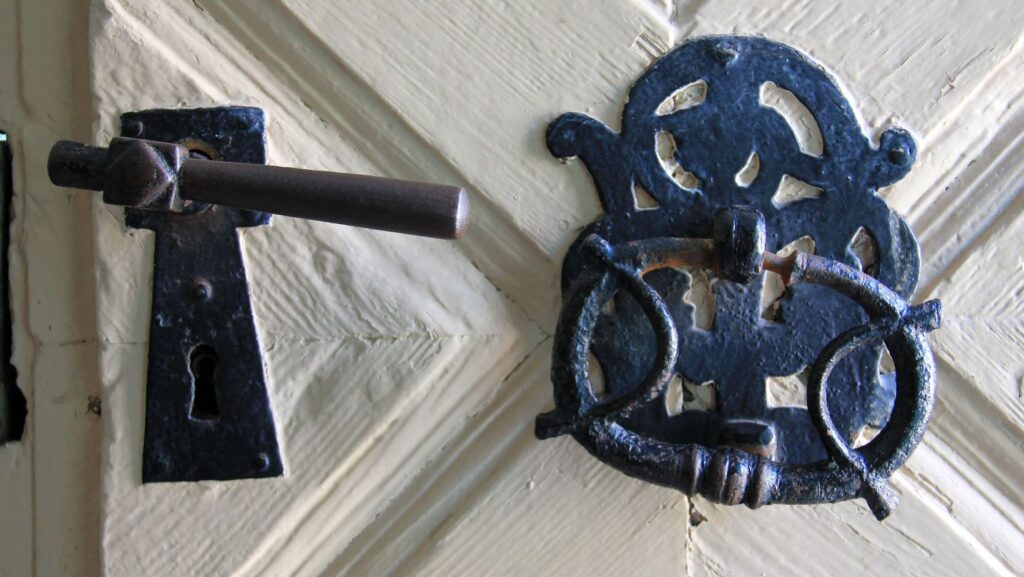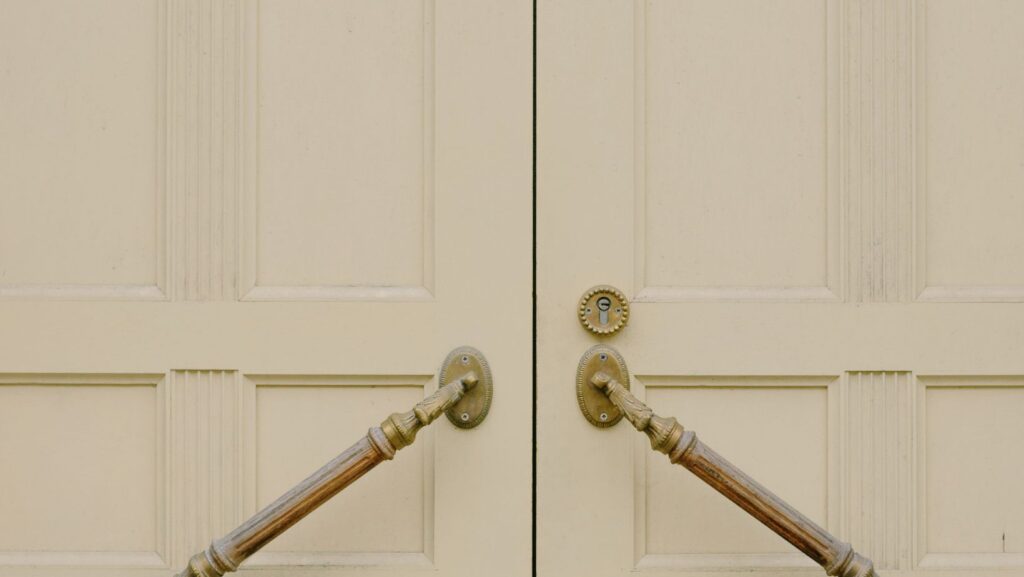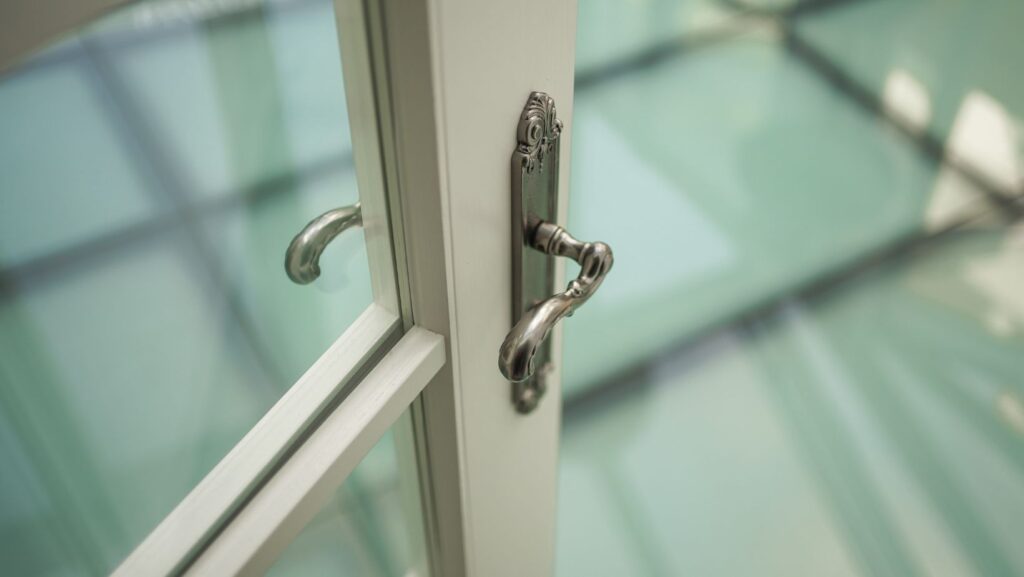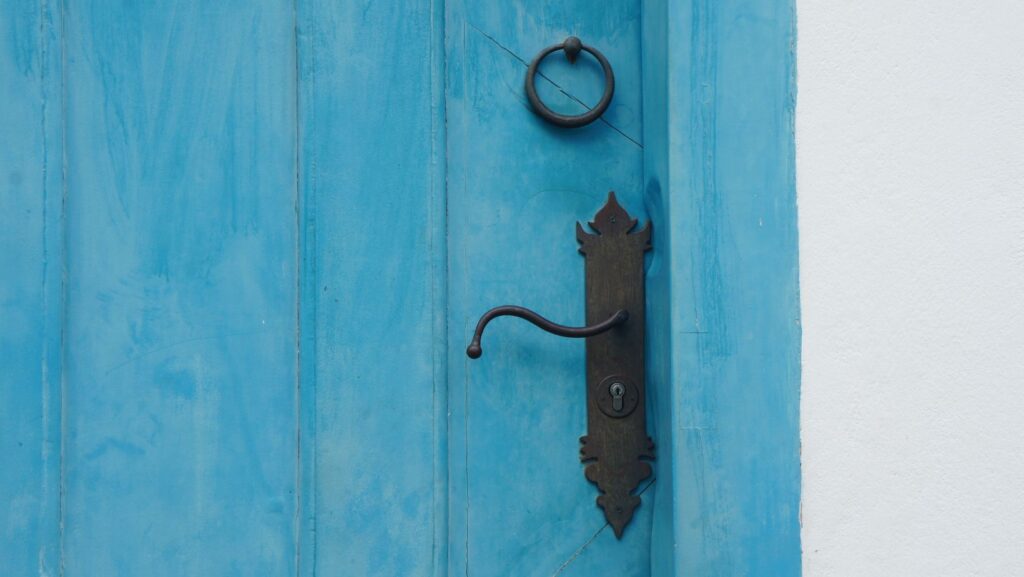Classic Hardware Door Fitting

Classic hardware door fittings have long been the unsung heroes of architectural design, subtly enhancing the charm and functionality of any space. These timeless pieces, ranging from ornate knobs to intricate hinges, not only serve a practical purpose but also add a touch of elegance and history to a home. Their enduring appeal lies in their ability to blend seamlessly with various architectural styles, from Victorian to Colonial.
For those seeking to preserve or recreate a period-specific aesthetic, classic hardware door fittings offer an authentic solution. They embody craftsmanship and attention to detail that’s often missing in modern counterparts. By choosing these traditional pieces, homeowners can create a cohesive look that echoes the grace of bygone eras while ensuring durability and reliability. Whether it’s restoring a historic property or adding character to a new build, classic door hardware remains a popular choice for those who appreciate the finer details of design.
Understanding Classic Hardware Door Fitting
Classic hardware door fitting refers to the use of traditional components in door installations. These components include knobs, hinges, and locks, each with its unique style and function. Classic fittings are crafted from materials like brass, bronze, and iron, known for their durability and aesthetic appeal.
Key Components

- Knobs: Classic door knobs often feature intricate designs, reflecting styles from different historical periods. Examples include ornately designed Victorian knobs and sleek Colonial-style knobs.
- Hinges: Classic hinges aren’t just functional; they’re decorative elements that add a touch of elegance. Available in finishes like polished brass and oil-rubbed bronze, they enhance any door’s appearance.
- Locks: Traditional locks, including mortise and rim locks, provide security while retaining historical accuracy. These locks are favored for restoring older homes to their original glory.
Material choice in classic hardware greatly impacts durability and style. Brass is popular for its resistance to corrosion and timeless look. Bronze offers a rustic charm, ideal for heritage homes. Iron adds an antique feel, perfect for restoration projects.
Benefits of Classic Fittings
Classic hardware’s appeal lies in its durability, style compatibility, and craftsmanship. These fittings withstand wear better than many modern equivalents. They seamlessly fit into various architectural styles, offering versatility to any design project. Additionally, classic fittings showcase exceptional attention to detail, often featuring handcrafted elements that stand out.
Understanding these key aspects of classic hardware door fitting helps preserve architectural heritage while enhancing aesthetic and functional qualities.
Popular Types of Classic Door Fittings
Classic door fittings offer a blend of functionality and aesthetic charm. Knobs, hinges, and locks are integral to these timeless installations.
Knobs and Handles
Classic knobs and handles are often crafted from brass and bronze, offering both durability and elegance. Intricate designs with floral or geometric patterns enhance their visual appeal. These fittings fit various architectural styles, from Victorian to Colonial, by providing an authentic and period-specific aesthetic.
Hinges
Hinges in classic fittings serve both functional and decorative purposes. Made from sturdy materials such as iron, they ensure smooth door operation and long-term performance. Decorative elements like finials and embossed patterns add historical flair while securing doors effectively.
Locks
Traditional locks prioritize security while preserving the style of the era they emulate. Made typically of brass or iron, these locks feature intricate keyhole designs and robust mechanisms.
Materials Used in Classic Door Fittings
Classic door fittings often feature durable materials that not only provide strength but also enhance decorative appeal. Brass, iron, and bronze are key materials in these fittings.

Brass is a popular choice for classic hardware due to its corrosion resistance and appealing golden hue. It’s frequently used in door knobs and handles, providing a naturally warm, inviting look. Known for its workability, brass can be crafted into intricate designs, making it ideal for period-specific decorative elements.
Iron offers exceptional strength, making it an ideal material for hinges and locks in classic door fittings. It’s often used where durability is crucial, such as in high-traffic entryways. The material can be finished in various patinas, including rust-resistant coatings, giving it a timeless, rugged aesthetic that suits reflective architectural styles.
Bronze combines strength and elegance, often employed in both decorative and functional components like knobs and lock cases. Its naturally aged appearance adds a historical touch to classic fittings. Over time, bronze develops a unique patina that enhances its vintage charm, maintaining relevance in classic architectural designs.

